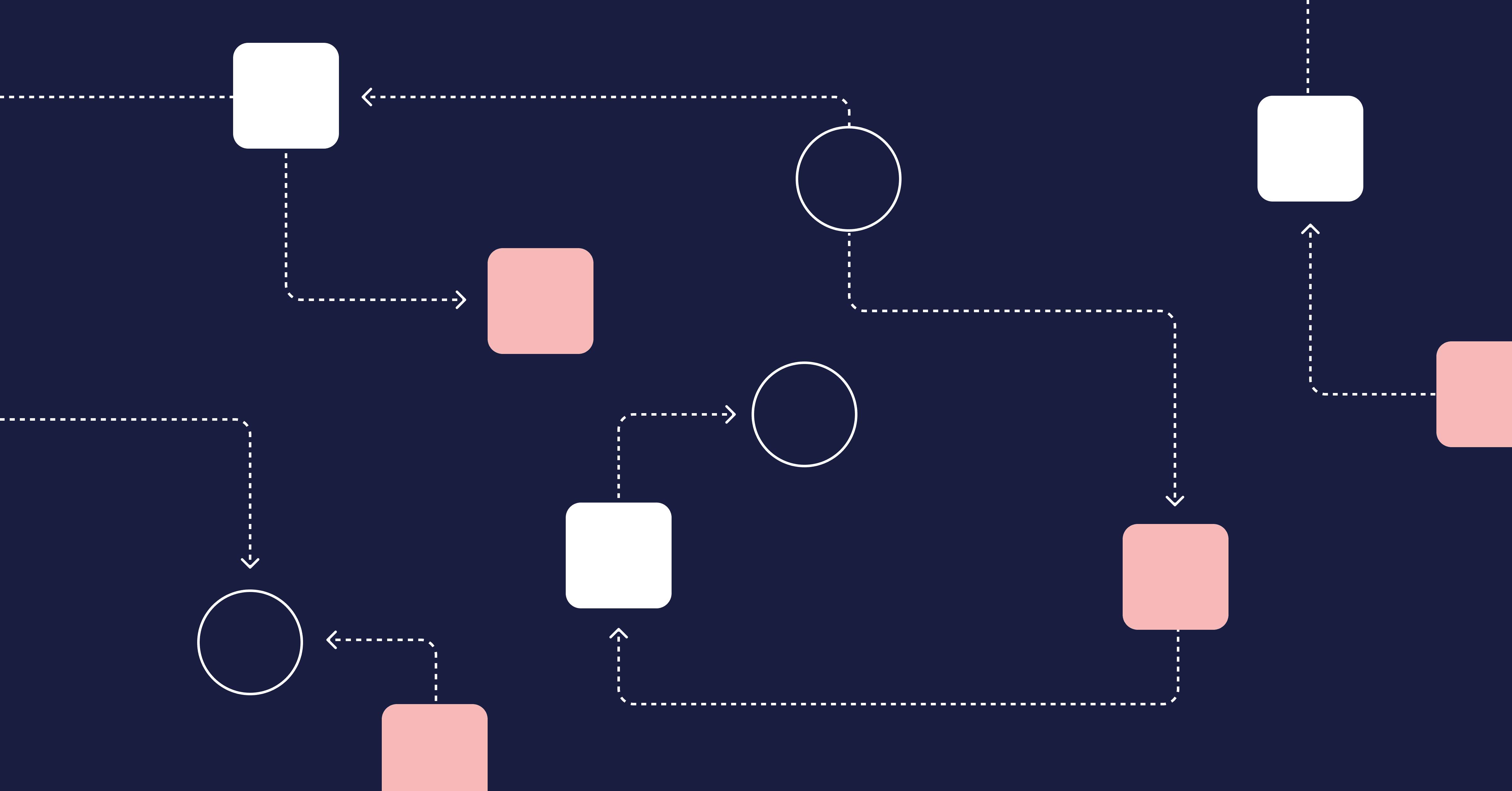Years of bolting on tools, stacking processes, and hoping for the best have caught up to us. Instead of moving faster, teams are suffocating under their own systems. The cracks aren’t just showing, they’re splitting wide open.
This isn’t just another year. It’s a reckoning for developer productivity.
Here’s what we need to do about it.
Your Tools are Overwhelming Your Devs
“You can’t improve what you can’t measure.” Yet we’ve flooded engineering teams with tools that create noise instead of clarity. Dashboards, CI pipelines, and workflows designed to “streamline” are doing the opposite. Data must be actionable.
And when a developer actually needs to execute a simple task, they can easily get stuck waiting for environments to spin up or watching their CI jobs fail after an hour, only to start all over again – and maybe it works that time? Your engineers are losing trust in your systems. Tools are supposed to give us velocity, but in 2025, they’re becoming sandbags.
It’s no wonder burnout is skyrocketing. Burnout isn’t always about engineers working too hard, it’s about engineers working too inefficiently. And not for their lack of trying, either!
The worst part? Burnout tends to hit teams all at once. One developer flags that they’re done, then another follows, and suddenly, you’re dealing with systemic collapse.
Burnout is a productivity killer, but the root cause often isn’t the workload, it's your engineering org’s Rube Goldberg machine of resources, systems so convoluted they’re working against your team and succeeding by luck and miracles.
The Engineering Pipeline Problem
Imagine a VP of Sales telling the board:
“Yeah, I saw the sales pipeline. I looked at the leads. I’m good. I don’t need to track or measure it.”

Absurd, right? Yet this is exactly what we see happening in engineering all the time.
The engineering pipeline is as critical as the sales pipeline, but it’s still treated like a black box. A VP of Sales lives and dies by their visibility into lead conversions and funnel progress, yet VPs of Engineering are still expected to guess their way through delivery timelines.
This has to change. Engineering leaders don’t just need data, they need clarity. It’s not enough to surface insights, you need the means to act on them seamlessly. True engineering intelligence doesn’t just highlight bottlenecks, it dissolves them, empowering teams to deliver with precision and confidence.
How We Fix This
2025 doesn’t have to be a lost year. But we need to get real about the problems in front of us. Here’s what needs to happen:
- Fight inefficiency: Make executing simple tasks effortless. Burnout isn’t solved by telling engineers to “work less.” It’s solved by removing the barriers that make their jobs harder than they need to be.
- Track the engineering pipeline: Build visibility and treat your engineering funnel with the same rigor as a sales funnel. You can’t deliver value if you can’t see where your bottlenecks are.
2025 can be the year we fix what’s broken, or the year we watch productivity continue to slide. The choice is ours.
If this hits home, you’ll want to hear more. Check out my full conversation on the Dev Interrupted podcast.




